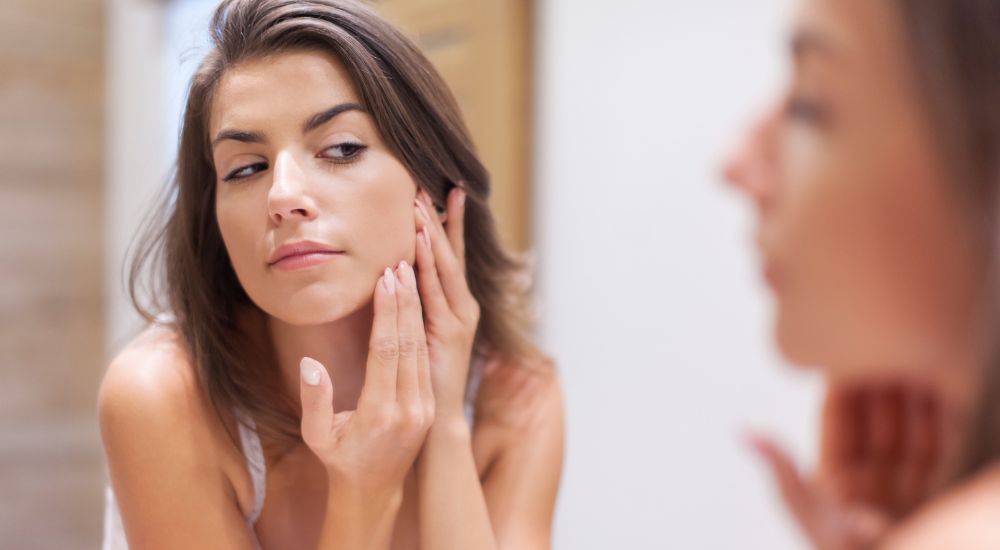Adult acne – I’ve been dealing with it for the better part of two months. Despite hiding it under a blanket of concealer, it’s been a tough bullet to bite; no matter how diligently I take care of my skin, the acne will manage to rear its tough red head. It’s not the first time I’ve succumbed to it. A few years back, I found myself in a high stress job that kept my brain switched ‘on’ 24/7. Cystic, or adult acne had appeared and reappeared along my cheeks and chin for countless months, dominating my skincare repertoire and causing me to question every ingredient under the sun.
The Role Of Stress
Working as a beauty journalist had me believe stripping back my routine entirely was the way to go, but to little avail. It wasn’t until I left the role that my skin finally cleared up and suddenly, the solution was staring me in the face. Stress and I did not play well together, and I vowed to never again place myself in a position where my emotions would hold such a tight grip on my health.
Fast-forward four years, and here we are. A new role combined with a hyperactive one year-old spelt the end of my clear skin streak. But this time, I sought help, strapped with knowledge and an army of professionals at my fingertips. Confusion mounted, however, on where to start and who to see. Naturally, visiting a trained beauty therapist would be my first point of call, but was curious to know what the referral system looked like between therapists and other specialists, given the complexity of the issue I faced.
A Naturopath’s Opinion
Instead, I opted to start from the inside-out, and reached out to naturopath and founder of GlowSo, Natalie McGrath for guidance. Straight off the bat, Natalie confirmed my self-diagnosis: that cystic acne was present and likely caused by a shift in hormones, compounded by stress. “Straight away, from the acne’s positioning that you’ve told me and the characteristics of that acne, it sounds like testosterone,” Natalie explained over zoom. “Stress will actually boost cortisol, and cortisol will boost testosterone.”
Natalie’s line of enquiry focused heavily on my hormones, with questions varying from the date of my first period right through to the current health of my thyroid. Due to the recent birth of my son, Natalie pressed me on the nature of my pregnancy, breastfeeding routine and the ease with which I conceived. She explained that the body can take up to two years to recover nutritionally post-birth, and that even that can take its toll on the state of my skin. That aside, Natalie geared the conversation back to stress. “It definitely impacts all systems of the body. It’s trying to save you; we go back to the caveman days when we’re stressed. We’re essentially fighting with sabre-toothed tigers – in that moment, our body’s very clever at shutting down systems and so shuts down parts of the immune system, your gut, certain hormones, and it shuts down serotonin as well. If you’re fighting sabre-toothed tigers, it’s not a time to be happy, so it just kind of prioritises things. Now, we’re not actually fighting sabre-toothed tigers. It’s work, it’s just living in Sydney, in floods, and COVID, and World War Three; it’s all this stress, so things are chronically shut down for a while.”
An Aesthetician’s Opinion
I caught up with the always brilliant Madona El Machar at Kaelon for her input in an attempt to better understand my situation through the lens of an aesthetician. Unsurprisingly, Madona’s feedback wasn’t dissimilar to that of Natalie. “It could be your hormones, or it could be your adrenals, which are exhausted at the moment – no surprises given the world we’re currently living in, and you have a one year-old!” Madona concluded. “It’s classified as adult acne because while it’s a hormone thing, it’s not a puberty thing.” She reiterates that the balancing act occurring between my hormones post-birth and breastfeeding is playing out with a likely surge in male, androgen hormones. “These are why a lot of people break out a week before their period because naturally we have a surge in androgen hormones. Stress plays up your cortisol levels which can then increase the androgens in your skin. So while stress may be the reason, there are all these physiological steps that are taking place that are then causing the deep cystic acne to come to the surface.”
The Diet
Phase two was to tackle the issue, starting with the gut. Natalie recommended an elimination diet in an attempt to weed out any intolerances. Top of the list – dairy.” Dairy can work in mysterious ways in the background without you thinking it’s dairy,” Natalie explained, “but it can cause a lot of inflammation, especially for skin. We get rid of one food for two weeks and see what happens; you might come out and feel phenomenal. And then we bring dairy in, we hit you hard, and then we’ll just see what happens. It’s not that you stay off dairy forever. It’s about healing your gut and healing your immune system so that you can cope with small amounts of dairy again. It might not be the case, you might be fine with it, but it’s just one piece of the puzzle that we can look at.”
Madona on the other hand was hesitant of the strategy, suggesting that limiting food groups from my diet would be unsustainable. “Everyone’s so different. I don’t like demonising any food groups unless there’s a history of any intolerances in the past. It’s not healthy to eliminate a food group because then that can pose more intolerances down the track. There’s a lot of education [out there] on what’s going to make sure your body is supported.” The pair did, however, agree on the benefits of introducing certain nutrients. For Madona, something as simple as spearmint tea could block excess antigens and discourage inflammation. Combining two cups a day with an efficacious supplement was recommended to address root causes. “I like to approach everything from a food perspective because you can never overdo it with food source supplements.”
The other more anticipated culprit was sugar, which can play with insulin levels and in turn, play havoc on the skin. “When you have sugar, your blood sugar spikes and effects insulin which is the hormone that actually locks sugar away into the cells. When that’s all been activated for too long, that will actually boost testosterone as well. Testosterone produces sebum. Sugar also stimulates that stress response and that cortisol as well.” To discourage my usual 3pm sugar hit, Natalie argued that the best way for me to “set up [my] metabolism, blood sugar and energy for the day” is with protein.“ The biggest thing with women, especially mums, is a deficiency in protein. We need that protein to make our happy hormones and neurotransmitters [work], which regulate our blood sugar.” Stress burns through nutrients that would otherwise be used in the body to keep organs like the skin functioning optimally. According to Natalie, vitamins B, C and zinc should be replenished to maximise healthy skin regeneration.
Specialist Collaboration
It’s in this regard that the need for specialist collaboration is so apparent. “We very much work closely [with naturopaths] because what I do is more of a mineral rebalancing,” Madona explains. “If there were deeper, more complex issues, like your periods were irregular for example, then we look for symptoms because I do see that we’re the first point of contact in most cases.” The skin, she believes, is a portal to what’s happening on the inside. Looking at it from the surface, inflammation is at the heart of the issue. Like Natalie, Madona recommended a moderate intake of zinc to manage inflammation and support wound healing.
Talking topically, Madona’s guidance began with homecare, through which she believes clients can achieve a lot without the need for in-clinic treatment. For me, she suggested a menu of salicylic or mandelic acid to “help with decongesting the skin, ensuring the sebaceous glands are de-oiled,” a serum containing centella asiatica and/or zinc “for their anti-inflammatory properties,” and a clay mask like bentonite or green clay, which can “help with absorbing excess oil and drawing out impurities.” Niacinamide, too is considered a great all-rounder. “I would avoid the temptation to over exfoliate the blemishes away as well as picking at them which could lead to unwanted scarring and further exacerbate the inflammation present. I recommend icing the blemishes through a cloth to help bring down the inflammation beneath the skin.”
Should I head in-clinic for treatment, Madona would recommended an enzyme or light peel “to gently exfoliate the skin, support barrier function, improve pigmentation from previous blemishes while reducing the lifecycle of existing blemishes.” Gentle ultrasonic extractions are also an option, as are white and blue light therapies. “High frequency is another tool utilised in-clinic for its astringent and disinfecting actions.” Natalie’s advice was geared toward further consideration of the skin’s unique microbiome, to which she discouraged me from implementing too many acne targeted and antibacterial products into my regime. “When you’ve wiped all those other good bugs, the bad bugs start kind of taking up that space,” Natalie warned.
“Stress burns through nutrients that would otherwise be used in the body to keep organs like the skin functioning optimally.”
Natalie McGrath, naturopath and founder of GlowSo
Exploring Other Avenues
Finally, I pressed the women on next steps and whether a referral to a GP or dermatologist would be on the cards. For Natalie, a blood test was the start and end point. “I think it would be great just to get a check-up from your doctor, just to check in.” she suggested. However, when it came to matters of the skin, both warned that a blanket, medicinal approach may be offered only. Some clients prefer a quick, direct solution, “but the issue with that is that clinical studies show the rebound after antibiotics and steroids to be quite high,” says Madona. “Antibiotics only work on bacteria, perioral and periocular dermatitis and not on bacteria, but most of the time, they’re given the doxycycline because that family is anti inflammatory. There is also a pharmaceutical drug called spironolactone which blocks the antigens, but personally I think [a client] should have that [skin issue] for years. It’s like with certain treatments like a Sebaceous Gland Ablation (SGA) where you have recurring blemishes in a spot for two years prior to eligibility. I think as well if a person is going through a biological change, they should wait for it. Of course, pharmaceutical drugs have to work, they are formulated to work, but that’s why they should only be taken under the care of a practitioner or physician because there are side effects associated with them.”
While aestheticians and naturopaths are not able to diagnose certain issues like rosacea or seborrheic dermatitis, Madona says that on 90 percent of occasions, clients won’t require dematologist intervention. Similarly, referrals to her by GPs and dermatologists are virtually non-existent. “This is really bothersome to me because you think that you’d all work in tangent. Unfortunately, there’s no multidisciplinary approach here … treatment options with a dermatologist are very cut and copy. This is where I feel like we delve a little bit deeper — what’s causing this? How can we eliminate it so then you don’t get a rebound?”
Two weeks, a revised skincare routine, minimal dairy and a nightly vitamin hit later, and my skin has certainly calmed down. Recognising the need to give myself a break in the interest of my skin has also been essential. Whether or not I’d seek medical advice for this issue is debatable, but certainly a clearer treatment path has been drawn out for me with thanks to the guidance of my naturopath and aesthetician.
My Adult Acne Toolkit:
Augustinus Bader The Essence
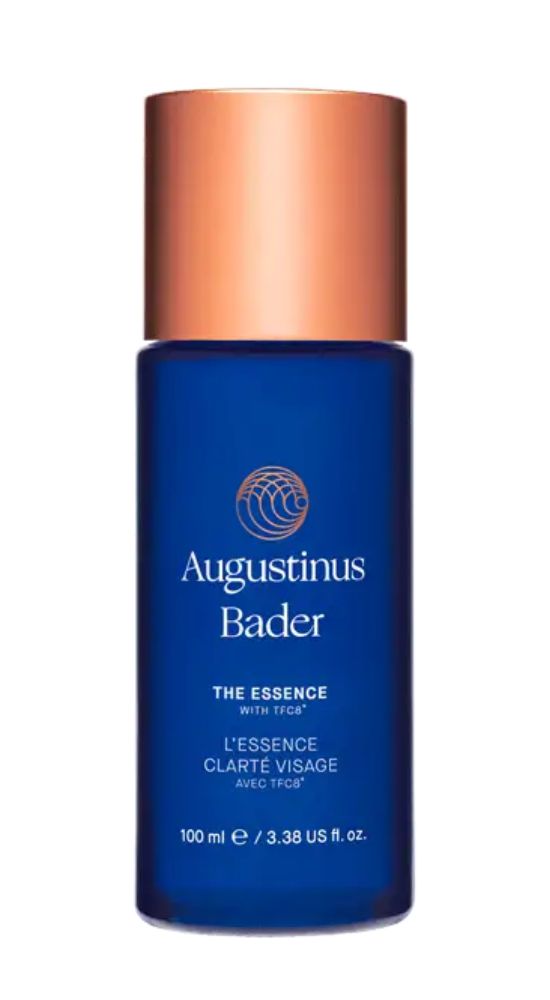
To learn more about the Augustinus Bader The Essence, contact Augustinus Bader at augustinusbader.com/au.
Advanced Nutrition Programme Skin Clear Biome
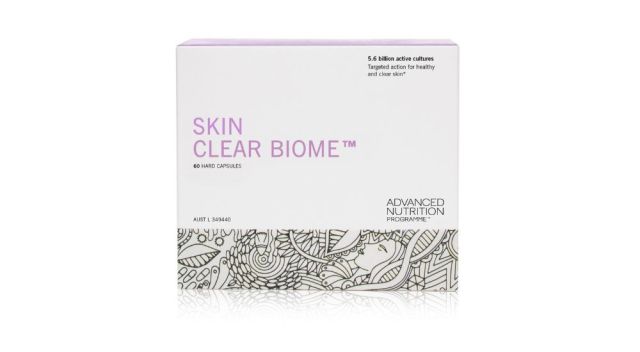
To learn more about the Advanced Nutrition Programme Skin Clear Biome, contact Margifox Distributors on 1300 850 008.
The Secret Day Elixir
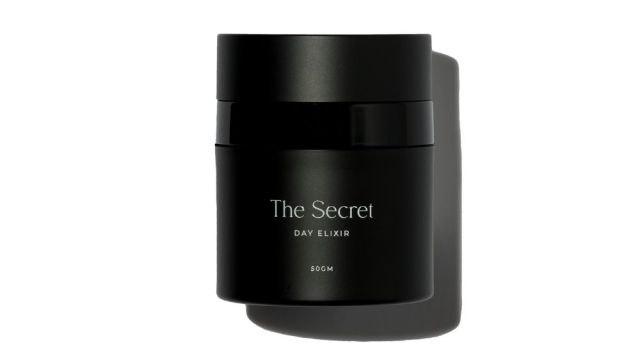
To learn more about The Secret Day Elixir, contact The Secret Skincare on
0444 555 261.
JOSO GlowSo Skin Health & Glow Formula
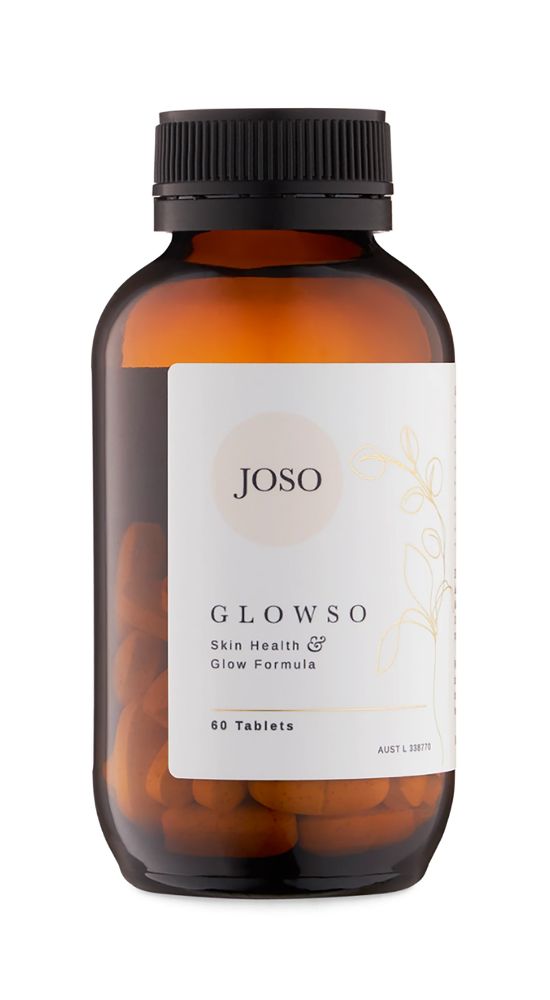
To learn more about JOSO GlowSo Skin Health & Glow Formula, contact
JOSO at team@joso.com.au.
This article originally appeared in the May-June 2022 issue of Professional Beauty.
Read the current issue of our digital magazine here:
- For more news and updates, subscribe to our weekly newsletter
- Follow us on Instagram
- Like us on Facebook
- Join Australia’s largest network of beauty industry professionals on LinkedIn
- Subscribe to our print magazine
Have an idea for a story or want to see a topic covered on our site and in our pages? Get in touch at info@professionalbeauty.com.au.

